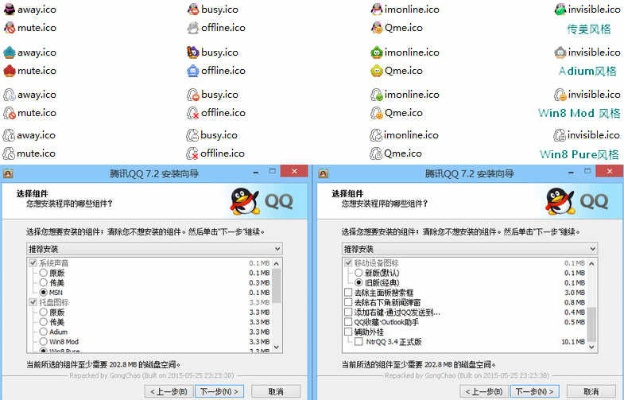Introduction to Medical Real-time Translation in English
In the globalized world we live in today, the need for effective communication across languages has never been more crucial, especially in the healthcare sector. For patients who are non-native English speakers, understanding medical terminology and instructions can be a daunting task. This is where real-time translation services come into play, providing a lifeline for those seeking medical care in English-speaking countries. This article delves into the concept of medical real-time translation in English, its importance, and how it is revolutionizing the healthcare industry.
Understanding the Challenges
The language barrier in healthcare can lead to serious misunderstandings, misdiagnoses, and even life-threatening situations. Non-native English speakers often face difficulties in conveying their symptoms, understanding diagnoses, and following medical instructions. This can result in increased anxiety, reduced patient satisfaction, and compromised health outcomes. For healthcare providers, the inability to communicate effectively with patients can lead to miscommunication, legal issues, and a decline in the quality of care.
How Real-time Translation Works
Medical real-time translation services use advanced technology to translate spoken or written language in real-time. These services are typically provided through dedicated apps, software, or devices that can connect to interpreters or translation engines. Here's a basic overview of how it works: 1. **Input**: The patient or healthcare provider speaks or types in the original language. 2. **Translation**: The technology converts the input into English. 3. **Output**: The translated English text or speech is then conveyed to the other party in real-time.
Benefits of Medical Real-time Translation
The implementation of real-time translation in the medical field offers numerous benefits: 1. **Improved Communication**: Real-time translation ensures that both patients and healthcare providers can communicate effectively, leading to better understanding and more accurate diagnoses. 2. **Enhanced Patient Satisfaction**: Patients who feel understood and supported are more likely to have a positive experience and adhere to treatment plans. 3. **Reduced Errors**: Clear communication minimizes the risk of medical errors, which can be life-saving in critical situations. 4. **Accessibility**: Real-time translation makes healthcare more accessible to a diverse range of patients, regardless of their linguistic background. 5. **Legal Compliance**: In many countries, providing language access to patients is a legal requirement, and real-time translation helps healthcare facilities comply with these regulations.
Technological Advancements
The technology behind medical real-time translation has seen significant advancements over the years. Here are some key developments: 1. **Voice Recognition**: Advanced voice recognition technology allows for accurate and seamless translation of spoken language. 2. **Machine Learning**: Machine learning algorithms improve translation accuracy over time, learning from previous interactions. 3. **Natural Language Processing**: This technology helps the translation software understand the context of the conversation, leading to more accurate translations. 4. **Interpreting Apps**: There are numerous apps available that offer real-time translation services, making it convenient for both patients and healthcare providers.
Challenges and Limitations
Despite the many benefits, there are challenges and limitations associated with medical real-time translation: 1. **Accuracy**: While technology has improved, there are still instances where translations may not be perfectly accurate, leading to potential misunderstandings. 2. **Privacy Concerns**: Real-time translation services may require the use of internet connections, which can raise privacy concerns, especially when sensitive medical information is involved. 3. **Cost**: High-quality real-time translation services can be expensive, which may limit access for some patients and healthcare facilities. 4. **Cultural Considerations**: Translations must take into account cultural nuances to ensure that the message is conveyed appropriately.
Conclusion
Medical real-time translation in English is a crucial tool that is transforming the healthcare industry. By breaking down language barriers, it enhances communication, improves patient outcomes, and ensures that everyone has access to quality medical care. As technology continues to evolve, it is likely that we will see even more sophisticated and accessible translation services in the future, making healthcare more inclusive and effective for all.
转载请注明来自江苏安盛达压力容器有限公司,本文标题:《看病实时翻译英语,看病怎么翻译 》














 苏ICP备2020065159号-1
苏ICP备2020065159号-1